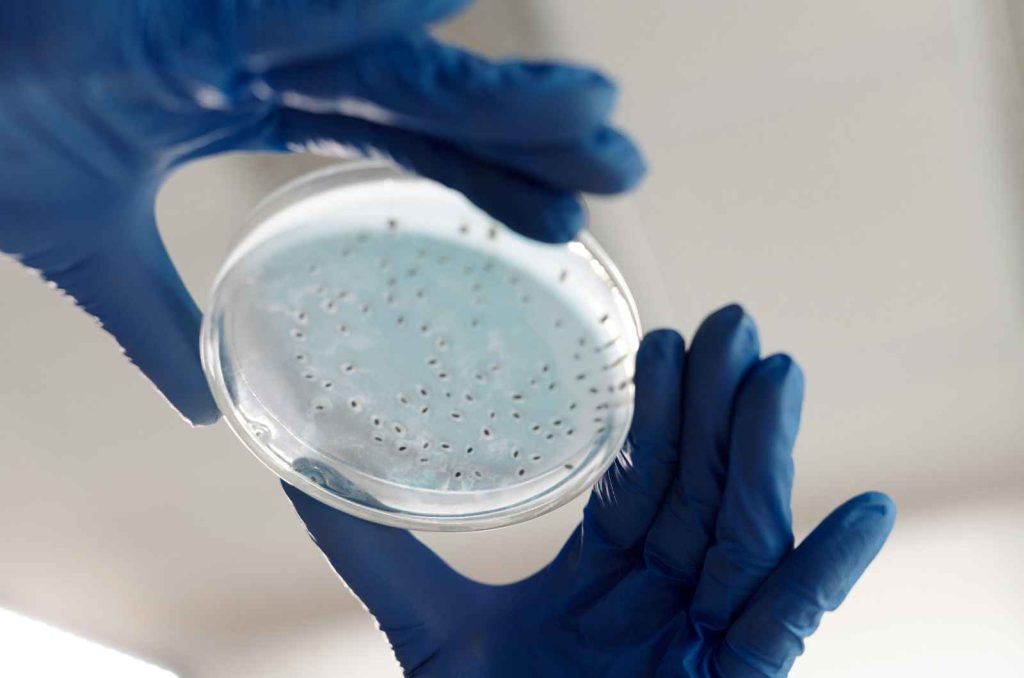How Do Protein Assays Advance Molecular Biology Research?

?What Are Protein Assays
Protein assays are essential tools in molecular biology that allow researchers to measure the concentration and purity of proteins in a sample. These assays help you understand the amount of protein present, its functional state, and its interactions with other molecules. By quantifying proteins accurately, you can gain insights into cellular processes, diagnose diseases, and develop new drugs. Whether you are working on basic research or applied biotechnology, protein assays provide the necessary data to advance your studies and validate your findings.
?Why Are Protein Assays Important in Molecular Biology
protein assay are crucial in molecular biology because they provide essential insights into the concentration, purity, and activity of proteins within a sample. Understanding these parameters is vital for various applications, including drug discovery, disease diagnosis, and studying cellular mechanisms. Accurate protein quantification helps you determine the effectiveness of therapeutic agents and ensures that experimental conditions are optimal.
In research settings, protein assays enable you to monitor changes in protein expression, which can indicate cellular responses to different treatments or conditions. This is especially important in developing new drugs, where precise measurement of protein levels can reveal a compound's efficacy and potential side effects.
Moreover, protein assays are indispensable for quality control in biotechnology and pharmaceutical industries. They help ensure that products meet strict regulatory standards, maintaining safety and efficacy. By using protein assays, you can advance your research and contribute to significant scientific discoveries and innovations.
?What Are the Different Types of Protein Assays
When it comes to protein assays, there's a variety of methods you can use to measure protein concentration. Each method has its own strengths and is suited for specific needs in your research.
Bradford Protein Assay
The Bradford Protein Assay is a popular choice for many researchers. It uses Coomassie Brilliant Blue dye, which binds to proteins and changes color. This color change is proportional to the protein concentration in your sample. It's a quick and easy method, perfect for high-throughput screening, but be mindful of its sensitivity to the presence of detergents and other chemicals.
Bicinchoninic Acid (BCA) Assay
Another widely used technique is the Bicinchoninic Acid (BCA) Assay. This method is based on the reduction of Cu^2+ to Cu^1+ by proteins in an alkaline medium, followed by the formation of a purple-colored complex with bicinchoninic acid. The BCA assay is less affected by the presence of detergents compared to the Bradford assay, making it more versatile for different sample types.
Lowry Protein Assay
The Lowry Protein Assay combines the principles of the Biuret reaction with the Folin-Ciocalteu reagent, providing increased sensitivity. Although it's more labor-intensive than the Bradford and BCA assays, the Lowry method is highly precise and is often used when you need to measure protein concentration in complex samples.
Each of these protein assays offers unique benefits, and choosing the right one depends on your specific research needs.
?How Has Protein Assay Technology Evolved Over Time
The evolution of protein assay technology has been remarkable, transforming the way researchers analyze and understand proteins. Initially, the Bradford Protein Assay was a staple due to its simplicity and quick results. This method relies on the binding of Coomassie Brilliant Blue dye to proteins, resulting in a visible color change that can be quantitatively measured. However, this technique has its limitations, such as sensitivity to buffer components and a relatively narrow dynamic range.
In response to these limitations, more versatile and precise methods were developed, leading to the advent of mass spectrometry (MS) for protein analysis. Mass spectrometry stands out for its unparalleled accuracy, sensitivity, and ability to analyze complex protein mixtures. Techniques like Matrix-Assisted Laser Desorption/Ionization (MALDI) and Electrospray Ionization (ESI) have revolutionized protein identification, structure analysis, and quantification.
Mass spectrometry's adaptability to various applications—from protein identification to post-translational modification analysis—represents a significant leap forward. Its integration into proteomics has enabled a deeper understanding of cellular mechanisms and disease pathways, offering insights beyond mere protein quantification to explore functional dynamics.
As we continue to leverage these advanced technologies, the potential applications and insights derived from protein assays are bound to expand. This evolution underscores the critical role of protein assays in advancing biotechnological research and our broader understanding of life's molecular underpinnings.
In summary, protein assays are essential in molecular biology, providing crucial insights into protein concentration, purity, and function. These assays are fundamental for applications ranging from drug discovery to disease diagnostics, helping researchers understand complex cellular mechanisms. By leveraging various techniques, such as the Bradford, BCA, and Lowry assays, scientists can accurately measure and analyze proteins. The evolution of protein assay technology, particularly with advancements like mass spectrometry, has significantly enhanced the precision and scope of protein analysis. At Da-Ta Biotech, the use of these assays ensures reliable and impactful research outcomes, driving innovations in biotechnological research.



